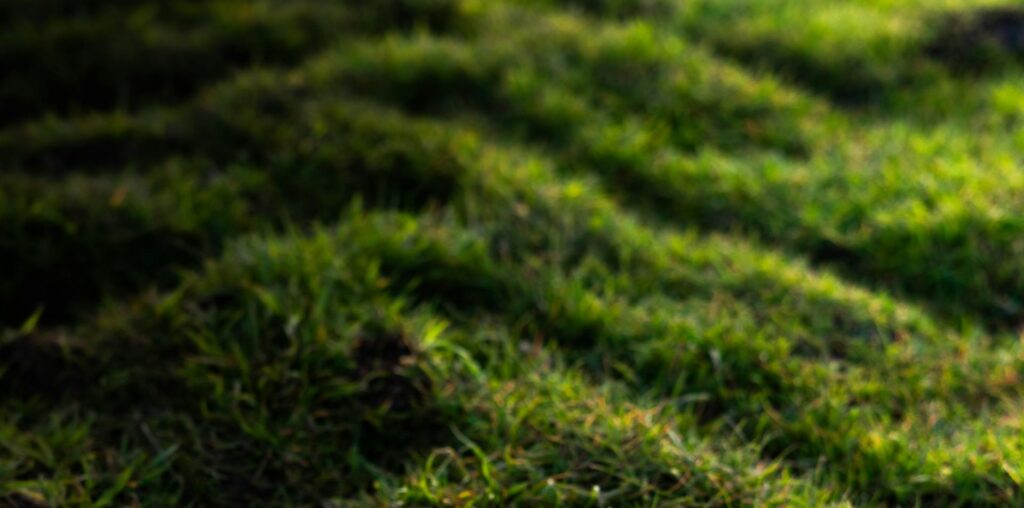If you just laid new sod, watering ain’t just important—it’s the thing that makes or breaks it. When sod don’t get enough water the first few days, roots won’t attach proper. That leads to dead patches, brown edges, and wasted money. Most sod types like Bermuda grass, Zoysia, and St. Augustine grass need consistent moisture till they take root.
You probably heard folks say “just water it every morning.” That’s way too general. Sod irrigation has to be based on soil type, slope, sun exposure, and grass species. Sandy soil dries up way quicker than clay. So timing and system design matters big. Also, when you watering by hand with hose, you risk watering uneven or overdoing it.
If the water don’t go deep, roots will stay shallow. That’s gonna make your lawn weak in dry spells. Smart irrigation setups fix this by soaking the soil slow and even, helping the root system grow deeper, stronger. No guessing. Just right amounts every time.
Sprinkler Systems – Pop-Ups and Rotors
For most residential lawns, sprinkler systems are what folks go with. Two main types here: pop-up spray heads and rotating heads (a.k.a. rotors). You’ve probably seen those ones that shoot water fast like little fountains? Those are spray heads. Best for smaller zones.
Rotor sprinklers, though, spray long arcs and spin slow. They work better for larger areas or slopes. You don’t want water running off before it soaks in, and rotors let it absorb slow. If you got a big patch of new sod, rotors help prevent puddling and dry spots.
Pop-up heads usually cover 4–15 feet radius, and rotors cover 15–50 feet. Mixing them in same zone ain’t smart ’cause they apply water at different rates. That messes up coverage, leads to soggy parts and crispy ones right next to each other. Use matched precipitation heads only.
Drip Irrigation – Not Always Great for Sod
Drip irrigation sounds fancy, and yeah, it works good for flower beds or vegetable gardens, but for sod? Not the best. You can try it for narrow strips or along driveways, but drip systems don’t spread water across wide areas. Sod roots dry up if not covered proper.
Drip lines put water slow straight at the base, but sod needs top-down soaking during root establishment. If you really want to use drip, use it in combo with soaker hoses laid underneath or between sod rows. It’s fiddly though, and you gotta check it often for clogs.
Plus, once the grass grows thick, the drip lines can get buried and forgotten. If a leak happens or pressure drops, the damage might go unseen for weeks. In most yards, a good sprinkler irrigation system outperforms drip when you trying to grow new turf fast.
Soaker Hoses – Cheap but Needs Monitoring
Soaker hoses a good cheap choice for small patches. They leak water out slowly through porous rubber. You just snake it across the sod and it waters right where it lays. It’s dead simple and don’t need trenching or controllers. Plug it in, let it run, done.
Problem is, pressure ain’t always consistent. First 10 feet might soak fine but the last part stays dry. If you bend the hose too much, water stops flowing. And on hot days, you might need to water twice to keep sod moist, which means staying around and watching it.
Also, over time, these hoses can crack or get clogged with soil. People forget to flush them, then they wonder why one side of the lawn turns yellow. Still, if you renting or just testing out, soaker hoses can be a decent short-term irrigation trick.
Smart Irrigation Controllers – A Worthy Add-On
No matter what system you pick, adding a smart controller helps big time. These devices adjust watering schedules based on real-time weather. Like, if rain’s expected tomorrow, it’ll skip watering tonight. Saves water, saves bills, and prevents overwatering.
Some models hook up to Wi-Fi and connect to apps like Rachio or Rain Bird. You can control zones from your phone. Imagine chillin’ on the couch and adjusting your sprinkler without going outside. Plus, smart systems track flow rate and send alerts if there’s a leak.
They ain’t just gadgets. Smart controllers make sure your sod stays hydrated but not drowning. That balance is key during the first 14–21 days when sod tries to take root. Miss a watering or flood it, and it could ruin the whole installation.
Best Irrigation Plan by Grass Type
Every grass species has different watering habits. St. Augustine sod needs more water during the first week compared to Bermuda sod which tolerates some dryness once rooted. Zoysia grass is slow to establish, so it likes light daily watering but less depth initially.
You gotta adjust sprinkler run times to match your soil type and grass. Like, sandy soil needs more frequent but shorter watering. Clay holds water longer but drains slow, so longer intervals work better there. Mixing those up will give poor root growth.
Use a catch cup test to see how much your sprinklers apply in 15 minutes. Measure that and you’ll know whether to run ‘em 10 minutes or 25. No guessing. Just real data based on your yard. That’s what keeps sod alive and growing thick from day one.
Final Thoughts – What to Pick?
If you just installed sod in a decent-sized yard, go with a rotor or spray irrigation system. Add a smart controller, break it into proper zones, and match your sprinkler heads. Avoid drip unless you’re covering narrow borders. Soaker hoses? Okay for small jobs.
Watering your new lawn ain’t about flooding it. It’s about even, steady moisture. Once roots grip into the soil, you can cut watering back. But for those first couple weeks, your system gotta be on point. Bad irrigation = brown lawn and wasted dollars.
And always keep an eye out. Sprinkler heads clog, controllers lose sync, timers misfire. It ain’t a “set it and forget it” thing. Check it every few days till you’re sure your sod installation is thriving. Want it green? Then gotta feed it water right. Simple as that.



